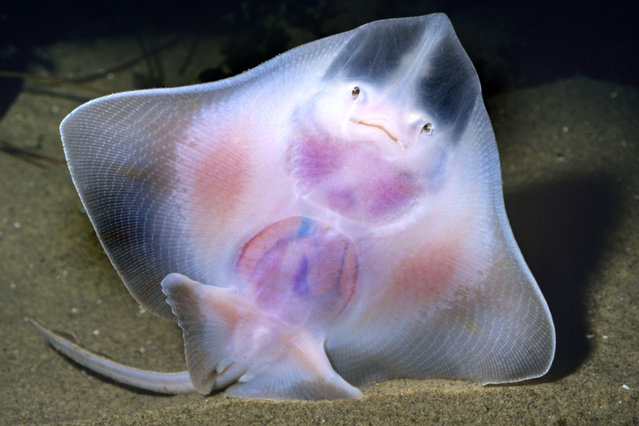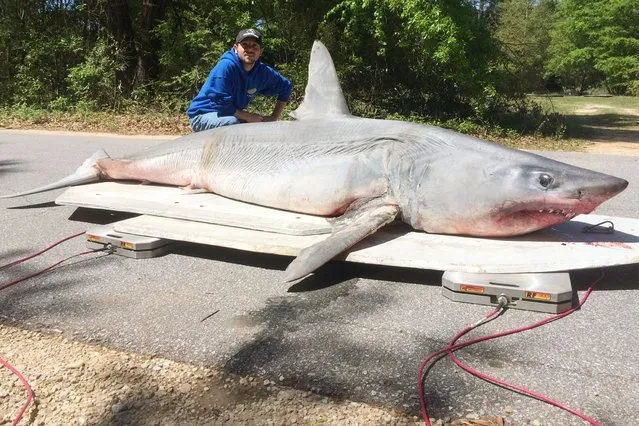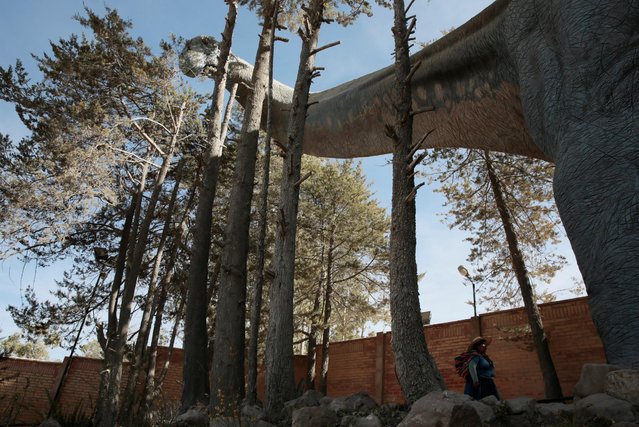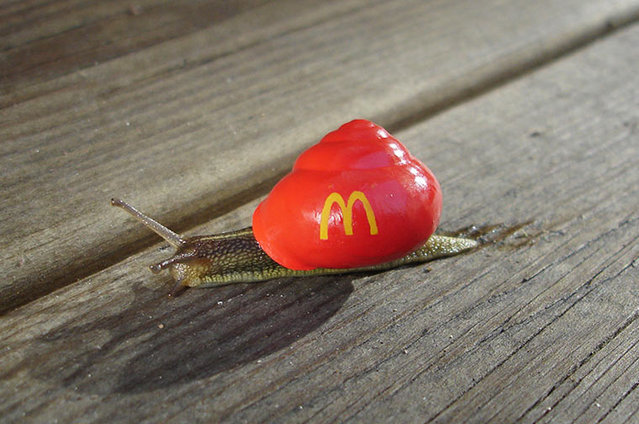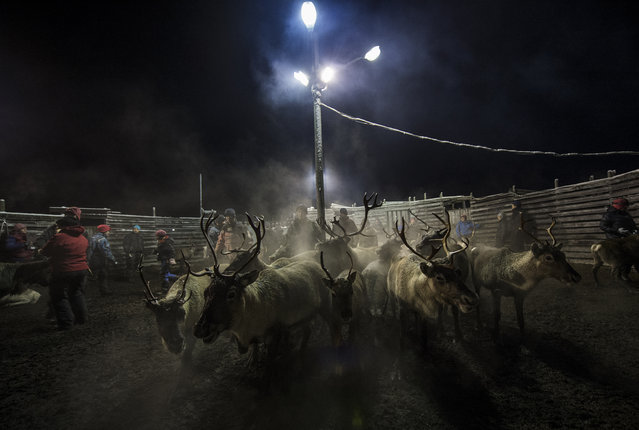
Sami people from the Vilhelmina Norra Sameby, gather their reindeers herd in a corral for selection and calf labelling on October 27, 2016 near the village of Dikanaess, about 800 kilometers north-west of the capital Sweden. Sweden's Sami reindeer herders have more than hungry predators to worry about in the cold night, as the indigenous minority moves its flock to the winter pasture in the Nordic tundra. (Photo by Jonathan Nackstrand/AFP Photo)
23 Nov 2016 12:26:00,post received
0 comments

